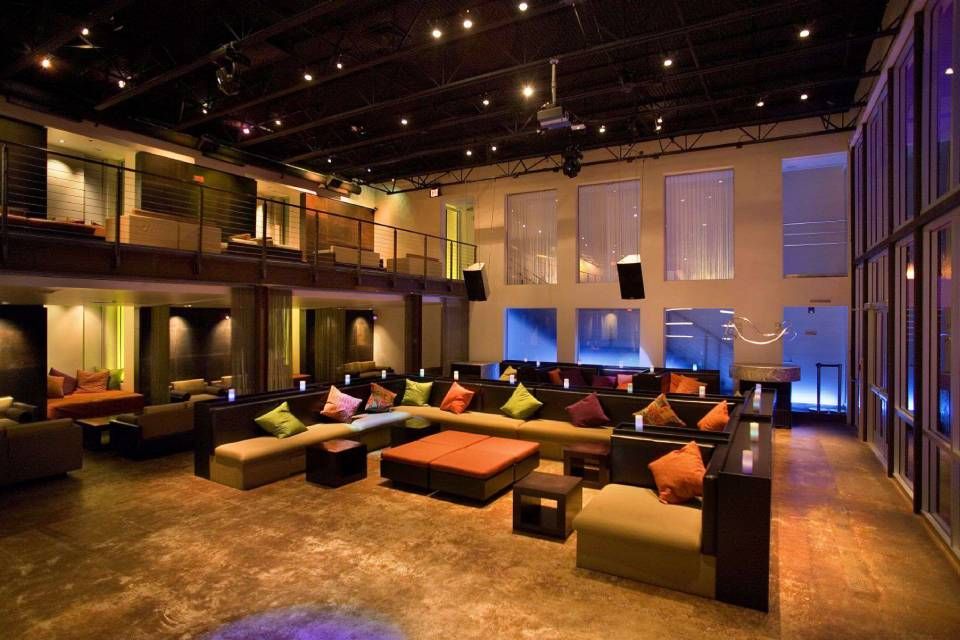In well-lit illumination conditions, movement detection is generally more reliable. When there is ample illumination, sensors and cameras can capture sharper images, which assists in identifying dynamic objects. Well-lit environments allow for better distinction between the moving object and the surroundings. This contrast is crucial for both human viewers and automated technologies, as it makes it simpler to differentiate between stationary and dynamic objects in a scene. Thus, ensuring that areas are adequately illuminated can greatly improve the performance of movement detection technologies.
Conversely, dim environments can pose challenges for movement detection. In dim settings, shadows can obscure dynamic objects, which makes them difficult to perceive. Additionally, the eye struggles to detect movement in dim conditions, which can result in misunderstanding of what is happening in the surroundings. Cameras might also face challenges, as many do not perform well in dim conditions without the use of infrared capabilities or alternative improvements. These limitations highlight the importance of sufficient lighting in environments where motion detection is critical.
Additionally, different kinds of illumination can have different impacts on movement detection. For instance, fluorescent lights can flicker, which can mislead motion detection technologies that rely on steady light sources. On the other hand, daylight provides a steady source of illumination that improves visibility. click to read Comprehending these variations in lighting conditions can assist users in selecting the most appropriate lighting for specific applications, particularly in security and safety scenarios.

In conclusion, the relationship between illumination environments and movement detection accuracy additional info is important. By making sure that settings are appropriately lit, we can enhance the reliability of motion detection systems. This understanding not only supports tech uses but also improves safety and security in various settings. As more developments are made in movement detection technology, taking into account illumination environments will remain a vital factor in enhancing effectiveness and guaranteeing that these technologies function effectively in various environments.